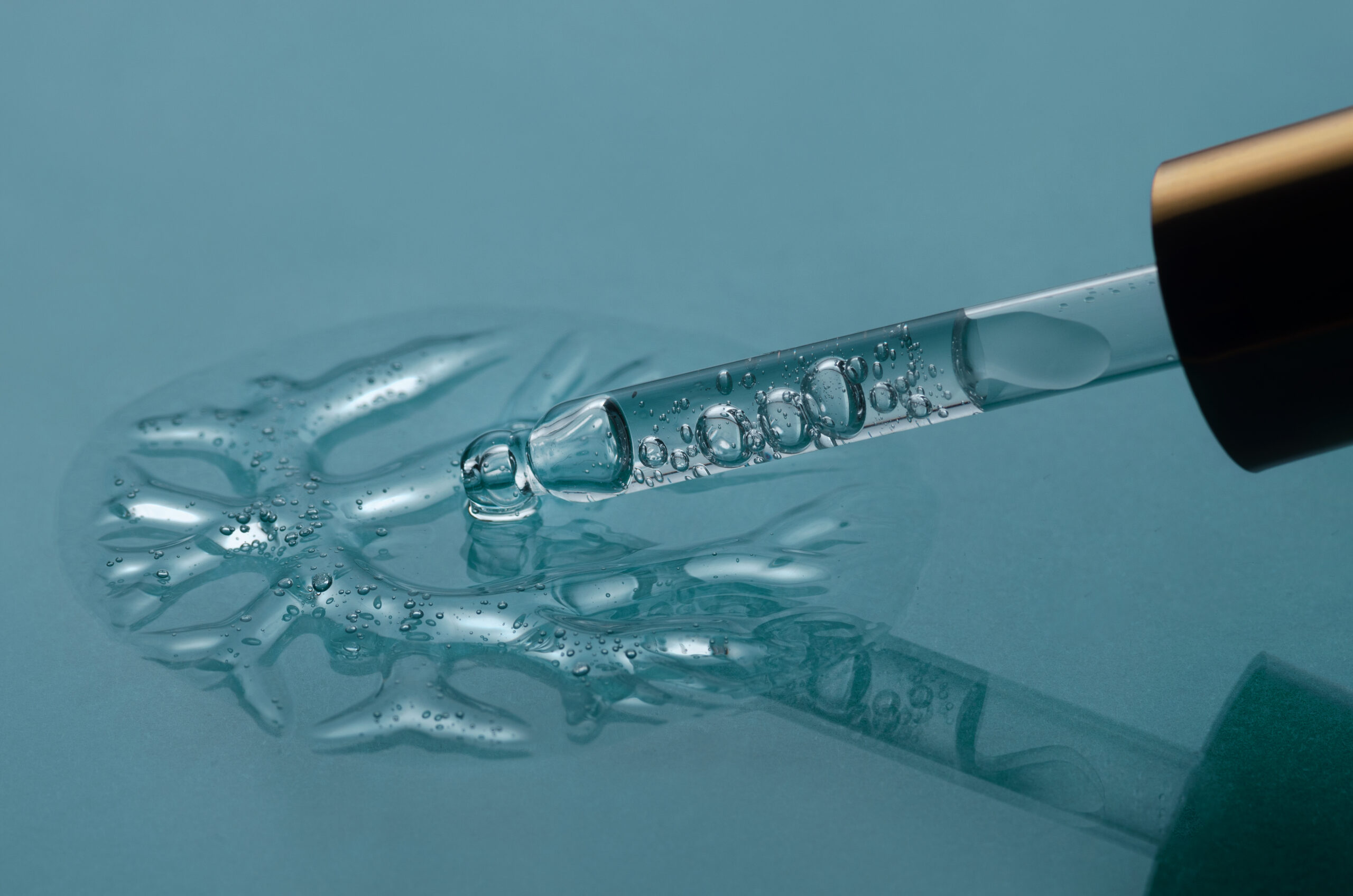Introduction to Salicylic Acid
You’ve probably seen it on the ingredient list of your favorite acne cleanser or toner—but what exactly is salicylic acid? And why does everyone rave about it in skincare circles? Let’s unpack this powerful yet often misunderstood ingredient and why it might just be the magic solution your skin has been waiting for.

What is Salicylic Acid?
Salicylic acid, a type of beta hydroxy acid (BHA), comes from willow bark.Unlike alpha hydroxy acids (AHAs), which are water-soluble, it is oil-soluble—meaning it can go deep into your pores and dissolve excess sebum, debris, and dead skin cells.
A Brief History of Salicylic Acid in Skincare
The use of it dates back to ancient times when willow bark was used for its anti-inflammatory properties. Fast forward to modern science, and It is now FDA-approved for treating acne and skin conditions like psoriasis and seborrheic dermatitis.
How Salicylic Acid Works on Skin
The Science Behind It
It exfoliates your skin from the inside out. It essentially loosens the bonds that hold dead skin cells together, allowing them to shed away and uncover the fresher skin beneath.
Oil-Soluble Exfoliation Explained
Unlike AHAs, salicylic acid can cut through oil and penetrate deeply into pores, making it ideal for treating blackheads, whiteheads, and clogged pores.
Penetration Into Pores
Because it’s oil-soluble, it travels deeper into the skin than other exfoliants, tackling the problem at the root—literally. It’s like sending a microscopic plumber into your pores.
Benefits of Salicylic Acid
Treating Acne
This is where it shines the most. It fights acne by deeply cleansing clogged pores, reducing inflammation, and stopping new breakouts from forming.
Unclogging Pores
It dissolves the mixture of oil and dead skin that leads to blackheads and whiteheads. No more pore strips needed!
Reducing Inflammation and Redness
Its anti-inflammatory properties help soothe irritated skin, making it a great option for those with red, inflamed pimples.
Controlling Oil Production
It helps regulate sebum production, giving your skin a more matte and balanced appearance.
Brightening Dull Skin
By exfoliating and renewing skin cells, it can give your skin a healthy, radiant glow.
Types of Products That Use Salicylic Acid
Cleansers
Gentle enough for daily use, salicylic acid cleansers are great for oily and acne-prone skin types.
Toners
These offer a light, refreshing way to get your daily dose of it—perfect for those who don’t want anything too harsh.
Serums
With higher concentrations, serums can deeply treat persistent acne and texture issues.
Spot Treatments
Ideal for targeting a specific pimple or inflamed area—zap it before it grows!
Peels and Masks
These are more intense and usually used once a week for a deep cleanse and exfoliation.
How to Use Salicylic Acid Correctly
Choosing the Right Concentration
- 0.5% – 1% for beginners or sensitive skin
- 2% for more stubborn acne or oil control
Frequency of Use
Begin by using it 2-3 times per week, and gradually increase the frequency as your skin becomes more tolerant.Overdoing it can lead to dryness or irritation.
Layering With Other Ingredients
It pairs well with hydrating ingredients like hyaluronic acid and calming agents like niacinamide. Avoid using with strong retinoids unless under medical supervision.
Who Should Use Salicylic Acid?
Best for Oily and Acne-Prone Skin
This group benefits the most from the pore-penetrating and sebum-regulating properties of this.
Not Ideal for Extremely Dry or Sensitive Skin
If you have eczema, rosacea, or very dry skin, it might cause irritation. Proceed with caution—or skip it altogether.
Myths About Salicylic Acid
Myth 1: It Peels Off Your Skin
Nope! It exfoliates gently over time. Your face shouldn’t shed like a snake—if it does, you’re overusing it.
Myth 2: It’s Unsafe for Daily Use
Not true. When used correctly and in the right concentration, it is perfectly safe for daily use.
Myth 3: Natural Ingredients Are Better
“Natural” doesn’t always mean better. It is science-backed and highly effective when used properly.
Side Effects and Precautions
Dryness and Peeling
This is the most common side effect. To combat it, use a good moisturizer and don’t mix too many actives.
How to Avoid Overuse
Stick to recommended concentrations and don’t double-up with other exfoliants. Your skin needs time to regenerate!
When to Stop Use
If you notice excessive redness, burning, or skin thinning, discontinue use and consult a dermatologist.
Ingredients That Work Well With Salicylic Acid
Niacinamide
Reduces inflammation and boosts the barrier function—perfect for sensitive, acne-prone skin.
Hyaluronic Acid
Hydrates and balances the drying effect of this.
Zinc
Reduces sebum and helps calm breakouts.
Can be safely layered (with caution) to fight pigmentation and redness alongside acne.
When to Avoid Salicylic Acid
During Pregnancy
While topical use is considered low-risk, always consult your OB-GYN before using salicylic acid during pregnancy.
If You're Using Strong Retinoids
Be careful not to combine too many actives, as this can damage your skin’s protective barrier.Alternate nights or consult a dermatologist.
Dermatologist Tips for Using Salicylic Acid Safely
- Always patch test before full-face application.
- Since it can increase your skin’s sensitivity to the sun, make sure to use sunscreen daily.
- Don’t over-exfoliate—more is not better.
Conclusion
Salicylic acid is more than just another trendy skincare ingredient—it’s a dermatologist-approved solution for acne, clogged pores, oiliness, and even dullness. When used properly, it can be a game-changer in your skincare routine. Whether you’re a beginner or a seasoned skincare junkie, adding salicylic acid to your regimen can make a world of difference for your skin health.
FAQs
Yes, if your skin tolerates it. Start slow and build up to daily use.
Absolutely! It's a great option for managing hormonal acne in teens.
Use with caution. It’s best to use vitamin C in the morning and salicylic acid at night.
Yes, it's one of the best ingredients for dissolving the debris inside blackheads.
You may notice clearer skin within 2–4 weeks with consistent use.